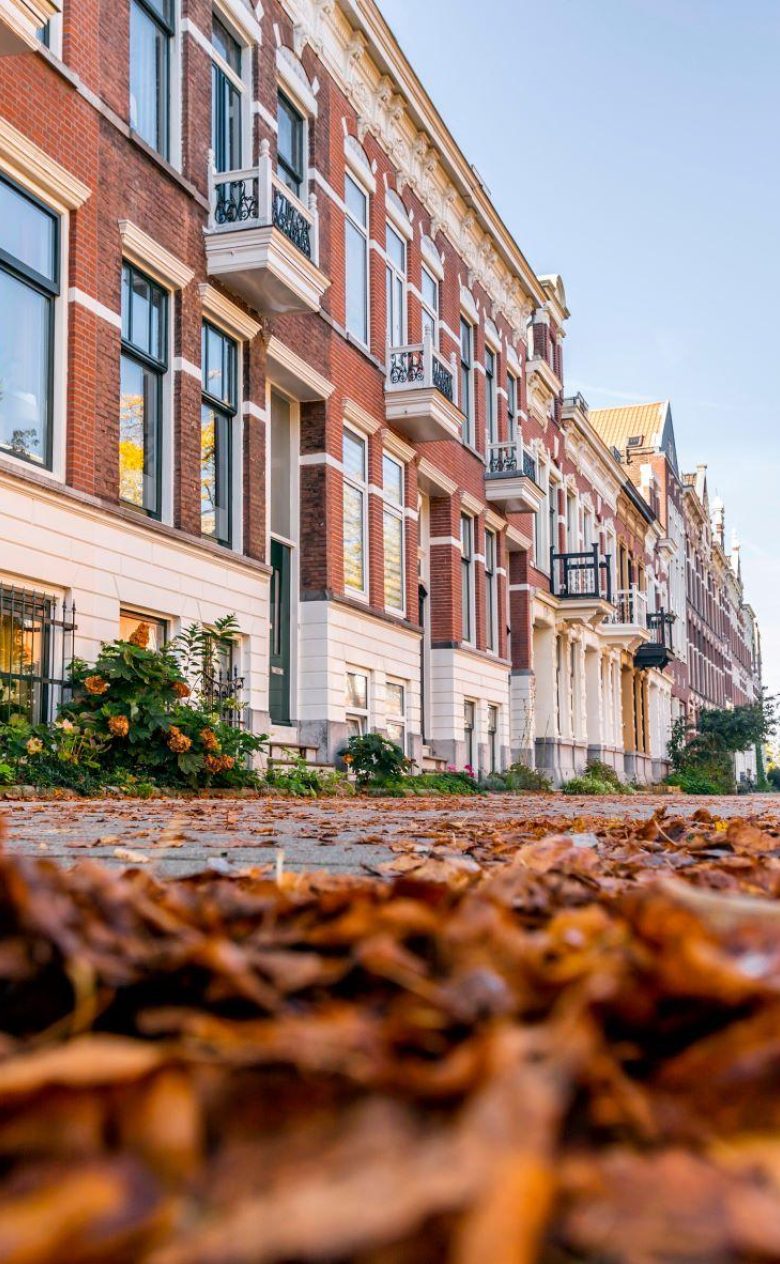Energy transition and climate neutrality
Deltares' knowledge strengthens the sustainable use of our water and soil system in the energy transition and contributes to reduced greenhouse gas emissions in water and soil management.

Emissions of greenhouse gases like CO2 are warming up the earth and their consequences such as extreme weather, heat, freshwater shortages and sea level rise threaten both people and nature. That is why the Paris Agreement agreed to reduce our emissions. For Europe, this means being ‘climate neutral’ by 2050.
Deltares works together with companies, social organisations, knowledge institutes and governments to bring two major ambitions closer: the energy transition and the transition to climate-neutral water and soil management.
We do this by developing strategies, transition paths, guidelines and tools and sharing knowledge with key stakeholders, nationally and internationally. This lays the foundation for sound decision-making and rapid implementation.
In this way, Deltares brings sustainable spatial development closer, with responsible use of water, subsoil and ecosystem. In doing so, Deltares pays attention to integration with other tasks, such as a climate-adaptive living environment and restoration of biodiversity.
Deltares' research activities focus on three tasks, in cities, large waters and water and soil systems.
Sustainable collective heating (and cooling) systems in cities
The Netherlands wants to make seven million homes natural gas-free by 2050 and connect five hundred thousand homes to sustainable collective heat systems by 2030. To support governments and companies in realising this ambition and making cities resilient in energy sources and use, Deltares is developing specific knowledge and advice.
- For instance, we improve guidelines for future-proof design and implementation of heat and cold systems, aquathermy sources and CHP systems.
- To combat overloading of the power grid, we develop strategies for flexible deployment of systems, where, for example, excess generated power is converted into heat and stored underground (Power2Heat).
- To monitor the ecological and spatial boundaries of the water and soil system, we review the effects of aquathermal and CHP systems on water quality.
- We provide knowledge and roadmaps for considerations around space use of the subsurface, cables and heat pipes, around energy generation and storage, groundwater storage and drinking water.
- We also create improved urban climate models to show future developments such as heat stress, water shortages and cooling and their effects. These models are used for integrated spatial planning of the urban subsurface and public spaces to achieve healthy, liveable cities with affordable energy supply.
Generation and transmission of renewable electricity in large waters
Important electricity sources in the energy transition are wind and solar energy. By 2030, the Netherlands expects offshore wind farms to provide 21 GigaWatts of electricity annually and solar panels on water and land to provide three GigaWatts. Realising this requires a lot of engineering, ecology and spatial planning. That is why Deltares is developing knowledge to integrate decision-making around wind farms and floating solar panels with other tasks, such as climate adaptation and strengthening biodiversity.
- Together with stakeholders, Deltares sets the standard for well-designed and built energy systems. With the aim of economically efficient design, installation, implementation and decommissioning of offshore energy infrastructure, such as cables, foundations, excavation protection and mooring facilities.
- We create guidelines for sustainable use of floating solar panels and offshore wind farms, on large inland waters and at sea. In doing so, we clarify the interactions between the energy infrastructure and nature using information obtained through monitoring. This information is used in guidelines by certifying bodies, licensing authorities and energy companies.
- We develop tools for spatial planning on both land and sea, aimed at multifunctional use of energy generation platforms. Deltares organises webinars, workshops and courses for the users of these tools.
Emission and storage of greenhouse gases in water and soil systems
Our current use of water and soil systems causes emissions of greenhouse gases: for instance, too low a groundwater level in peat grasslands leads to the release of CO2 and methane. According to the European climate agreement, these emissions must be reduced. In addition, opportunities should be sought to store CO2 with improved water and soil management.
To contribute to this, Deltares determines the magnitude of emissions related to water and soil management. We also investigate ways to reduce emissions, and where and under what conditions carbon can be stored in water and soil. This depends on soil type and type of water body.
To see which measures work in which place, it is important to map emissions and potential places for uptake or storage. In addition, models are needed that show the effects of future changes in land and water use.
- Together with stakeholders, Deltares is making a map of emissions and uptake potential per region, which can be included as a digital layer in the software tools for Water and Soil Stewardship and the Environment Act.
- We develop validated prediction models for emissions and storage and set up measurement facilities for that purpose, which can determine baseline measurements and the effects of measures.
- Deltares supports emission registration in places where greenhouse gases are released in large quantities, such as peat meadows, salt marshes and coastal areas.
- Besides tools that quantify greenhouse gas emissions and storage, Deltares also advises on specific measures that reduce emissions and improve carbon uptake.


